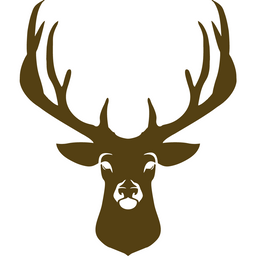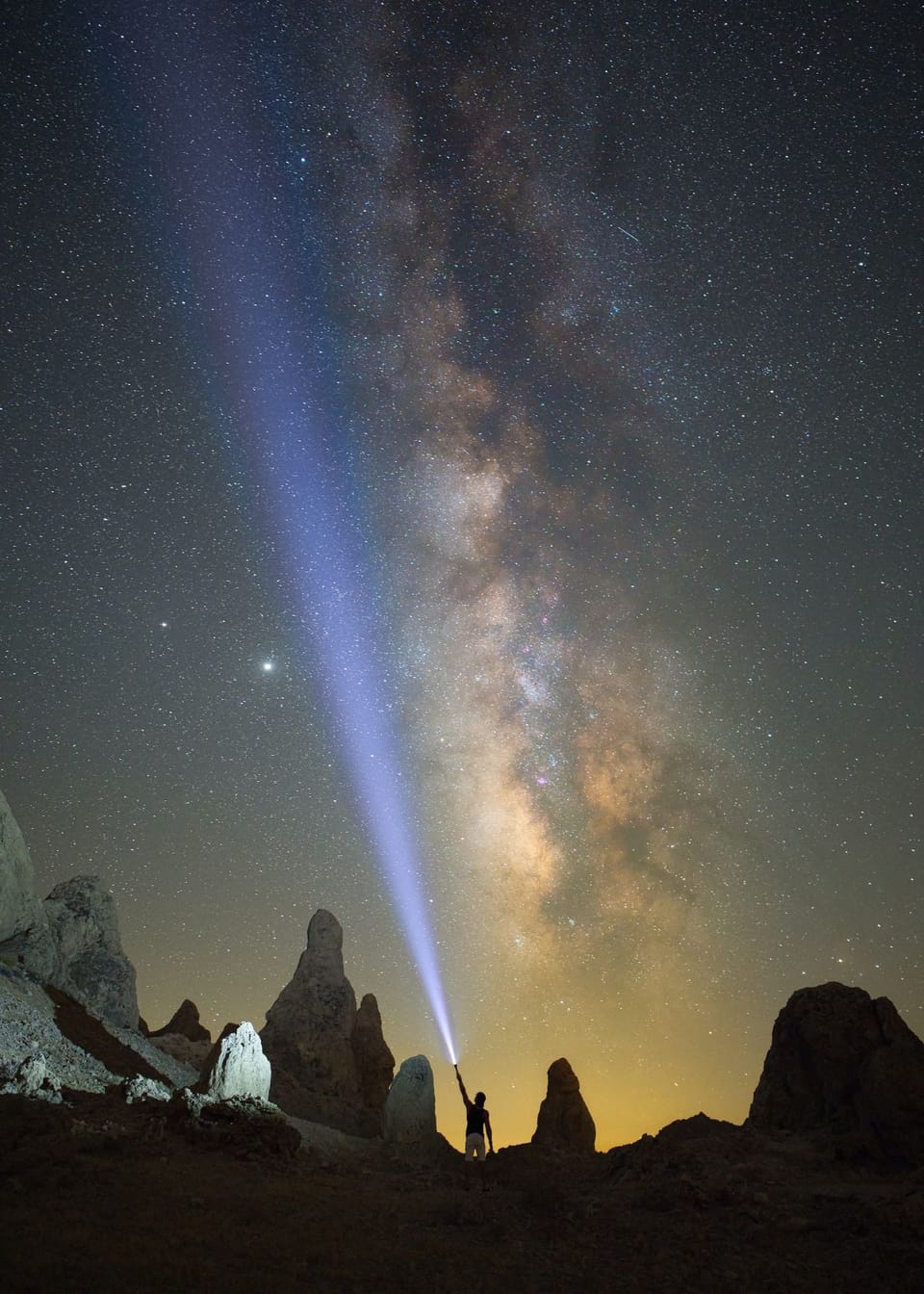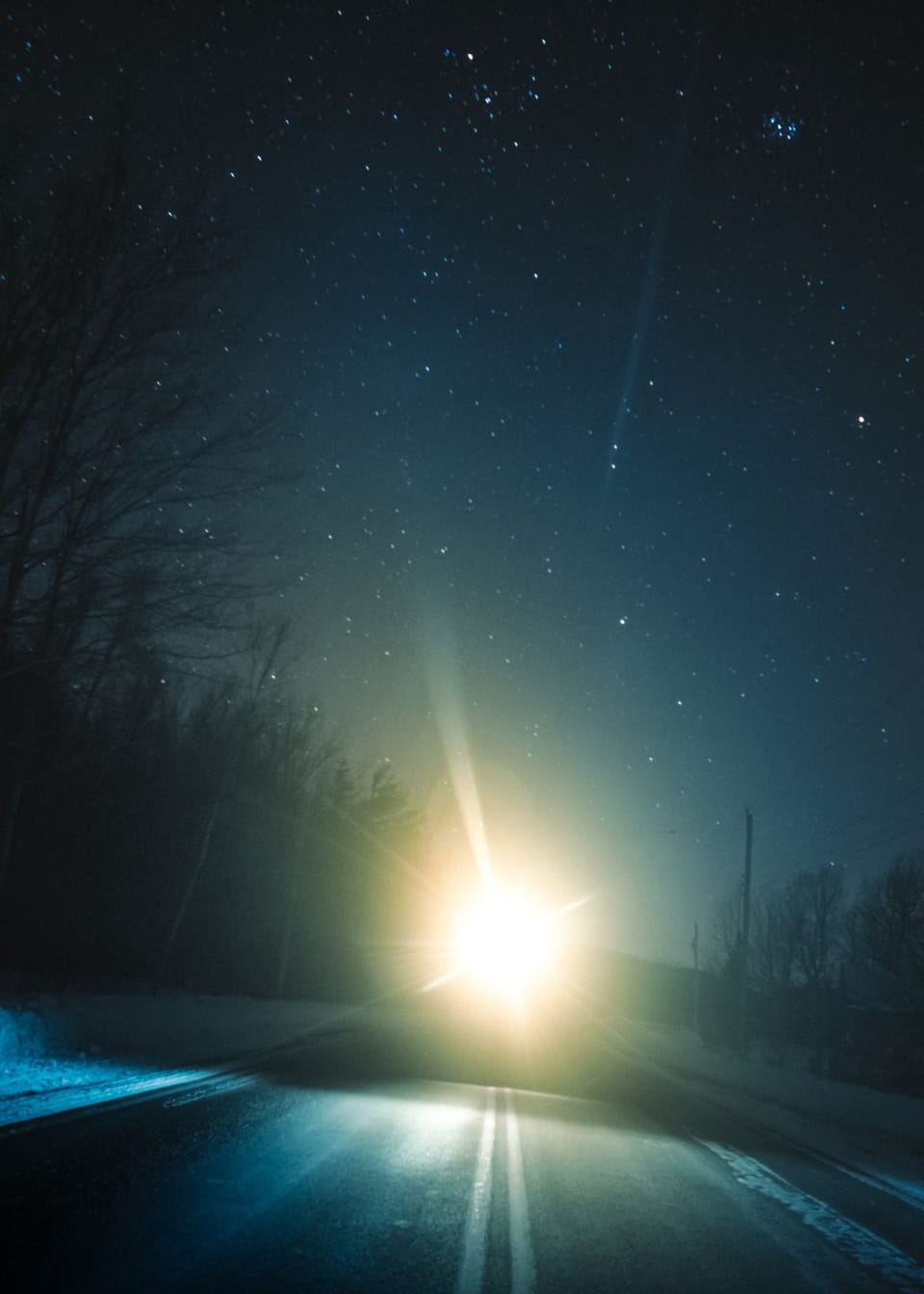Activate Superhero Vision: How Much Are Night Vision Goggles?
What if there was a way to see in the dark and unlock the secrets of the night? Night Vision Technology is definitely worth investing in.

Have trouble seeing in the dark?
If you’re the type of person who likes to venture out into darkness, night vision goggles are a must-have. Whether it’s for your late night nature walks or midnight hikes, these goggles will give you extra visibility and help make sure no creepy crawlers sneak up on you!
The best part is that night vision goggles don't just make things brighter — they also provide a more detailed picture than ordinary binoculars, so you'll get an immersive experience when exploring after sunset.
So what are you waiting for? Explore now to begin your nocturnal adventure!
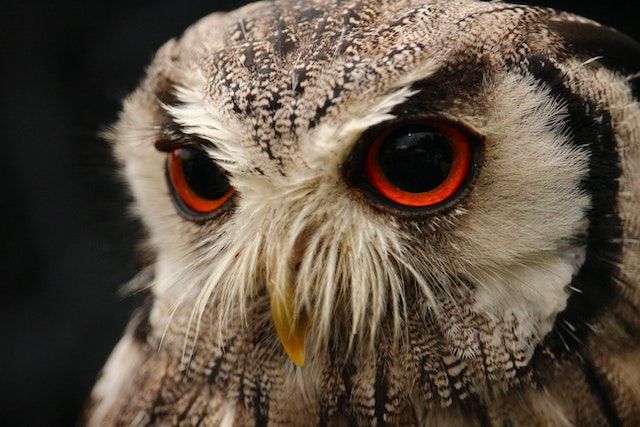
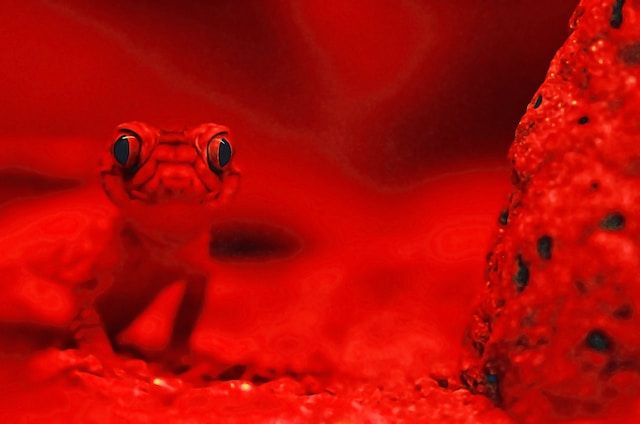
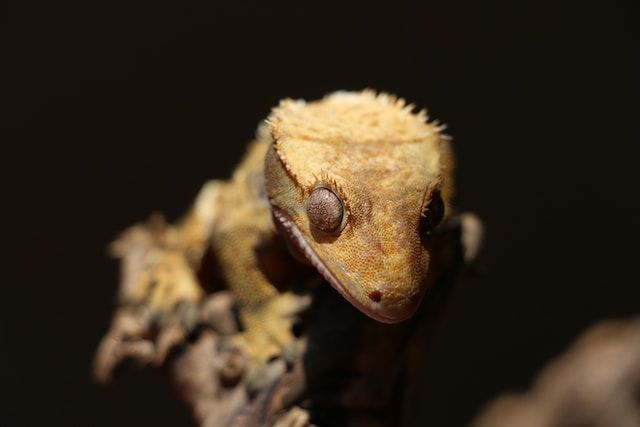
Thermal Imaging Vs Night Vision
Thermal imaging cameras are actually sensors that detect heat rather than cameras (also called thermal energy or infrared). These devices detect radiation in a technical sense. The amount of radiation increases as the temperature rises.
Although heat (also known as infrared or thermal energy) and light are both parts of the electromagnetic spectrum, a camera that can detect visible light will not detect thermal energy and vice versa.
A thermal imager can detect minute differences in heat and display them as an image (or thermogram) on a screen with enough precision.
Temperatures are represented by different colors, so in a black and white thermal image, the lighter the color, the hotter the object (newer thermal imagers can invert this or use a wide variety of colors).
Night vision image intensifiers are a basic technology that works in the same way as a regular camera but amplifies any light available. Any ambient light, such as light from the moon, stars, or distant light sources, is magnified and visible as greenish images.
The main disadvantage of night vision image intensifiers is that their efficacy decreases as the amount of nearby light decreases. This means that if the night is cloudy and overcast, blocking the light from the moon and stars, the clarity of the night vision image suffers dramatically.
How Much Are Night Vision Goggles
Night vision goggles come in various price ranges, from as low as $150 to over $10,000! But have you ever wondered what determines the price of night vision goggles?
There are several factors that can influence the cost of these devices. One is the quality of the optics used. Higher quality lenses and image intensifier tubes can significantly increase the price.
Another factor is the generation of the night vision technology used, with newer generations generally being more expensive.
In addition, features such as durability, range, and magnification can also impact the cost of night vision goggles. It's important to consider your specific needs and uses for the device before making a purchase.
What Are The Differences Between Thermal Imaging & Night Vision
- To work properly, night vision requires nearby visible light. Thermal imaging doesn’t require any light to work.
- Night vision works by amplifying visible light in the immediate vicinity. Thermal imaging uses infrared sensors to detect temperature differences between objects in its line of sight.
- Night vision enlarges the light in a scene and converts it to green-tinted images. Heat signatures are translated into clear viewable images by thermal imaging, and objects with higher heat signatures are shown in bright yellow, orange, or red.
- Conditions such as dust, smoke, overcast nights, rain, and fog impair night vision. These conditions have no effect on thermal imaging, which can see in complete darkness.
- While night vision has its uses, it is an outdated technology that is less expensive but of lower quality than other options. Thermal imaging is a highly sought-after technology that, while more expensive than other options, improves nighttime safety more than its competitors while remaining affordable.
How To Use Night Vision Devices Properly
Before using night vision devices, you need to know a few things.
First of all, you need to protect your device from direct light because luminophore can burn out and sometimes it can even damage your device completely.
It can also cause image darkening or dark spots.
In short, follow these steps to protect your night vision device:
- Even if you don’t use your device, use lens caps during daytime
- Use your device only at night times because it’s a night vision device
- Don’t use it near other artificial lights including fire
Some new generation night vision devices can be used in daytime as well. They are expensive though.
Also, some new models have AGC (Automatic Gain Control) feature that automatically protects your night vision device from light exposure.
Ultimately, if you follow recommendations, it will increase the lifespan of your device.
Night vision device detection range is also different. The higher the magnification the higher is the detection range.
For example, magnification 1x has detection range up to 100m. Magnification 5x has detection range up to 350m.
Magnification 8x has detection range up to 550m.


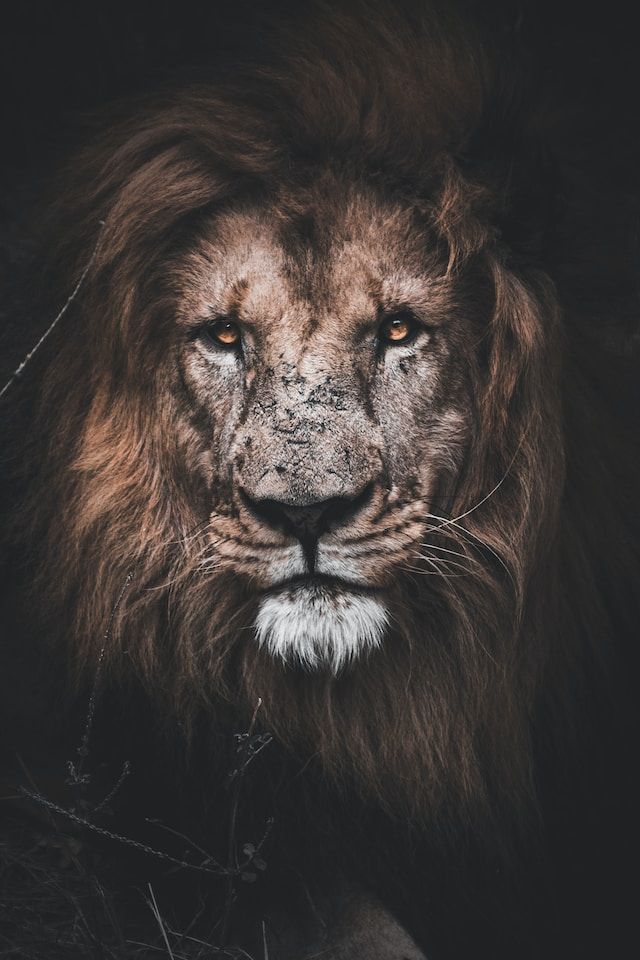
Best Goggles For Hunters
The best choice for any hunt is binoculars with a rangefinder and a thermal imager.
Such an optical device will allow you to quickly calculate the distance to the object of observation and take into account all the nuances to make the perfect shot.
Unfortunately, such optical devices are difficult to manufacture and expensive.
Purchasing a separate rangefinder that is not installed in binoculars may be a compromise.
With a thermal imager, there are not only binoculars, but also monoculars.
The principle of their work is the same, the only difference is in the design.
Binoculars are more convenient for long-term observations, monoculars are lighter, more compact and perfect for short-term study of night predators.
Night Vision Technology FAQs
Trying to understand night vision technology can be a grueling task.
With so many unanswered questions and no one around to explain, you’re left feeling confused, overwhelmed and skeptical that this tech is actually useful.
We’ve got the facts and we make it easy to understand, so you can use this powerful technology with confidence.
What is night vision technology?
Night vision technology is a cutting-edge innovation that allows us to see in low-light conditions and even complete darkness. It uses special imaging devices that can amplify and enhance the available light, making it possible to see even in the absence of natural light sources.
The technology behind night vision has advanced significantly since it was first used in military applications during World War II. Today, night vision cameras and other equipment are used by law enforcement agencies, hunters, wildlife observers, and many others to help them see in the dark.
The most common type of night vision technology is image intensification, which works by taking the available light and amplifying it thousands of times to produce a visible image. Another type of night vision technology is thermal imaging, which detects the heat emitted by objects and creates an image based on the temperature differences between them.
How does night vision work?
Night vision is a fascinating technology that enables us to see in the dark and even in low-light conditions. The science behind it is truly remarkable! Night vision devices work by capturing and amplifying ambient light, such as moonlight or starlight, and converting it into a visible image.
This is made possible through a combination of lenses, sensors, and electronic components that work in harmony to enhance the light signals captured by the device.
There are two main types of night vision technology: image enhancement and thermal imaging. Image enhancement devices, such as night vision goggles, amplify the available light and convert it into visible green light.
This makes it easier for our eyes to see in the dark. Thermal imaging devices, on the other hand, detect the heat signature emitted by objects and create a visible image based on temperature differences.
What are the different types of night vision devices?
Night vision devices are a crucial tool for military personnel, law enforcement agencies, and hunters as they allow one to see in the dark. The different types of night vision devices include image intensifiers, thermal imaging cameras, and digital night vision devices.
Image intensifiers work by capturing small amounts of ambient light and amplifying them to provide a more detailed image. This technology is commonly used in night vision goggles and scopes and allows the user to see in low light conditions with greater clarity.
Thermal imaging cameras use infrared radiation to form images that are based on the heat signatures of objects. Warmer objects generate more infrared radiation which can be detected by the camera to produce an image. This technology is commonly used for surveillance, search and rescue operations, and firefighting to locate hot spots.
Digital night vision devices combine both image intensifiers and digital technology to provide clear images in low-light conditions. Unlike traditional night vision devices, they are not affected by bright lights and can also capture and record footage.
Can night vision be used during the day?
Night vision refers to the ability to see in low-light conditions. It primarily relies on the detection of infrared light, which is invisible to the naked eye. When it comes to using night vision during the day, the answer is simple - it is not recommended.
Night vision devices are not designed for use in daylight. They amplify the available light in the darkness, but in daylight, they can be overwhelmed by the brightness of the sun. Trying to use night vision during the day can result in eye strain or even damage to the device.
It is worth noting that some night vision devices come with a daytime setting. This means that they have a filter that reduces the light amplification and allows them to be used during the day. However, even with this setting, the device may not provide optimal performance during daylight hours.
Are night vision goggles and binoculars expensive?
When it comes to purchasing night vision goggles and binoculars, many people wonder about the cost. While it's true that these products can be expensive, the price can vary depending on the brand, features, and level of quality.
Night vision goggles are typically more expensive than binoculars, with the average price ranging from $300 to $1,000 and beyond. However, it's important to note that these goggles can give you an impressive level of visibility in low-light situations, making them a useful tool for hunters, hikers, and campers.
On the other hand, binoculars designed for low-light conditions can also be useful, especially for birdwatchers or nature enthusiasts. While they may not provide the same level of visibility as night vision goggles, they can still enhance your viewing experience in low-light situations. Prices for binoculars can range from $50 to $500 depending on the features and level of quality.
In conclusion, night vision technology has been a game-changer in both military operations and civilian life, allowing us to see in low light situations, which would be impossible otherwise.
Night vision devices have evolved over the years improving their ability to enhance available light, providing us with greater detail and clarity. The different types of night vision devices and their unique features provide options for various activities such as hunting, camping, wildlife observation, and nighttime surveillance.
Night vision technology continues to advance rapidly, with more affordable and portable options making it accessible to anyone. If you're considering investing in any night vision device, be sure to research and weigh the benefits and features to determine what's best for you.
We've done the research so you don't have to! To browse our Top Picks for Best Night Vision Goggles please click the link below!
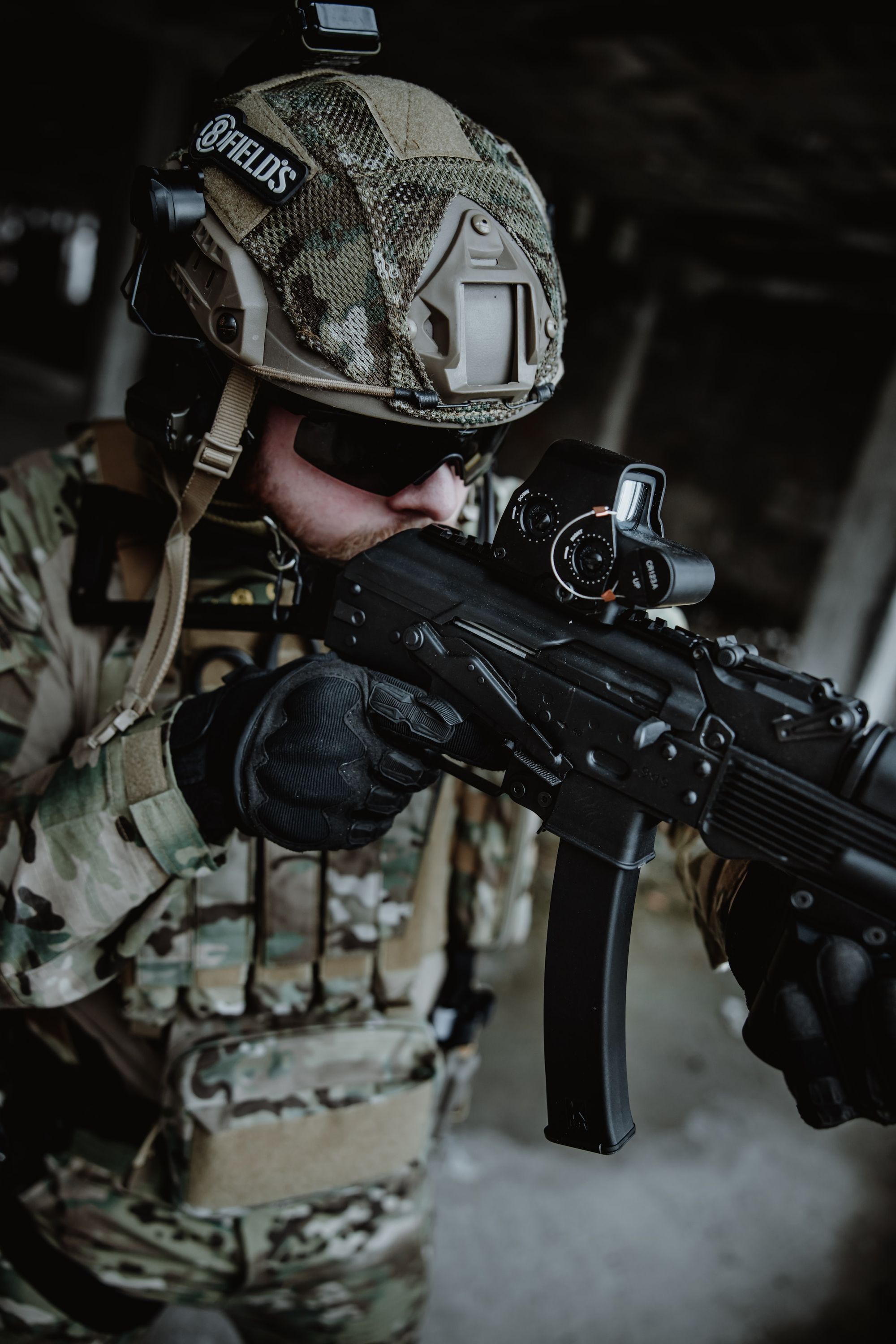
Your Friends,
LoveNatureReviews Team

